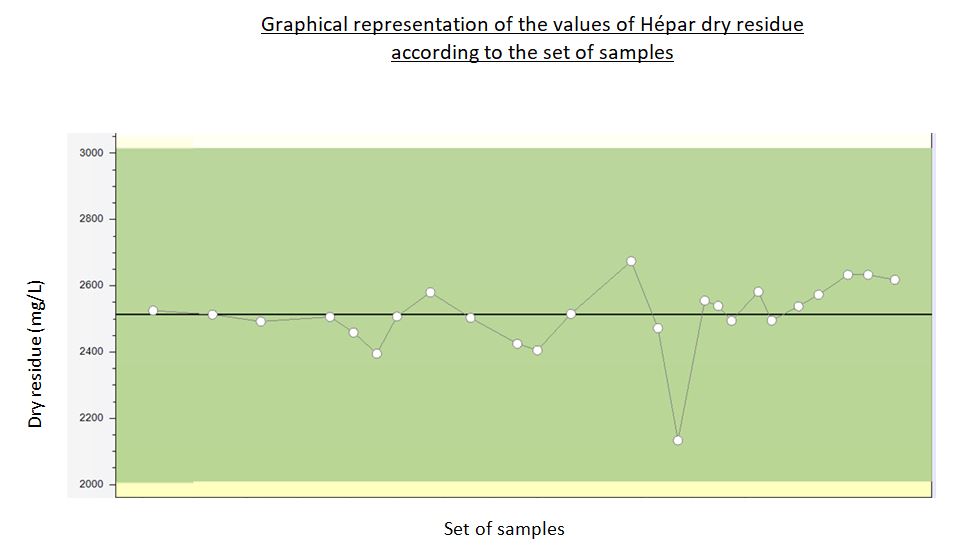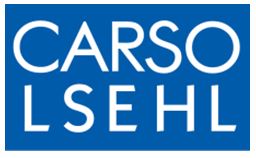|
Introduction
This analyze of dry residue is a gravimetric method and it is used to determine the dry residue at different temperatures of evaporation : 105°C, 180°C and 260°C. The temperature is chosen by the costumer and it also depends on the type of water analyzed.
For example, waters from the pharmaceutical industry (water for health industry) are analyzed at 105°C. All of the methods are based on the ISO certifications and on a book by J.Rodier about the water analysis.
The analysis is used to obtain the mineralization of the water. There are different types of mineralized water : strongly mineralized water (for example : 2513 mg/L for Hépar) and weakly mineralized water (for example : 345 mg/L for Evian). Also there is carbonated water.
Water samples can come from water for health industry, water of production, water of distribution, surface water, groundwater, mineral and thermal water.
Experimental conditions
An analytical weighing scale was required for this analysis. It had to have a precision of 0.1 mg.
First, cups made of pyrex were used and they needed to go at least 20 min in the desiccator, before to weigh them, because we wanted those cups without humidity tracks. Then, we had to precisely around weigh 100 g of the sample for the analysis at 180°C and at 260°C, and 200 g of the sample for the analysis at 105°C. After that, the sample was inserted into a drying oven at 80°C for at least 12 hours : this is the first step of evaporation and it’s made by a slow evaporation.
The following step was to put the cups at the required temperature in another drying oven, for 2-3 hours. Then, the cups were taken out of the drying oven to cool down few minute and then, placed in the desiccator for at least 20 min again.
Finally, we weighed them again on the same precision scale.
All the weights were written in a computer file which automatically calculates the value of the dry residue. Each of the operations was attached to its operator and scale. This information was also entered in the spreadsheet. In doing so, the traceability was provided according to the requirements of the standard.
Results
The result was expressed by mg/L and included the sum of the following ions and the silica :
Ca2+, Mg2+, Na+, K+, CO32-, 1/2 HCO3-, Cl-, NO3-, SO42-, SiO2 .
To validate a serie of analyses, the quality control samples must has been within the previously defined borders of their control map. Evian and Hépar waters were used as quality control samples for each series of analysis : they were dried at 180°C.
The target results were 309 mg/L for the Evian control and 2513 mg/L for the Hépar control.
Conclusion
This analysis is one of the numerous analyses that were made on a water sample. It can be used as a result check for the ionic chromatography. The amount of ions is used to control the result obtained by the method of ionic chromatography. Ionic chromatography measures the amount of cations and anions separately. Dried residues is a good method for characterizing water and the correctness of other analyses.
The results obtained are compared to the customer expectations or results from previous samples. The manager is then able to say if the values are correct or not : if so, the samples are analyzed again to confirm the result.
|
|

Map of control of Evian

Map of control of Hépar
|




